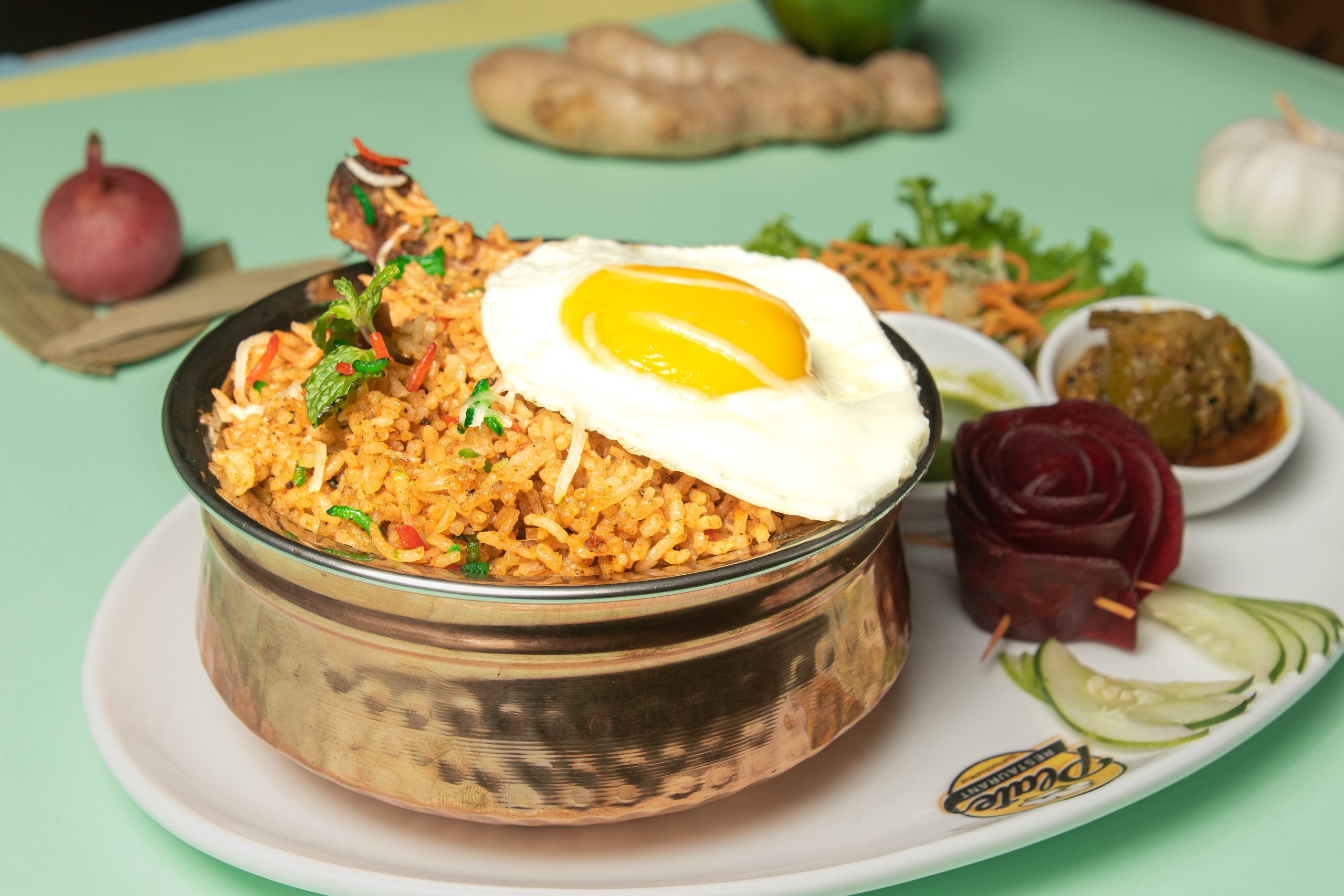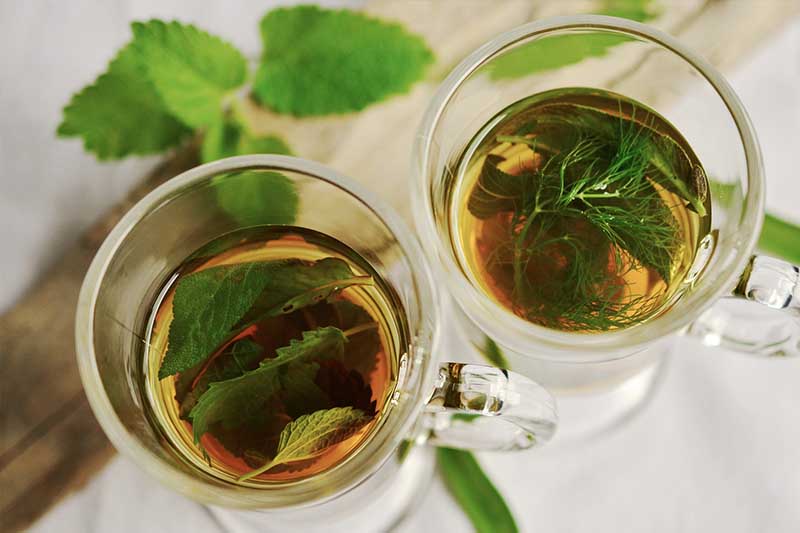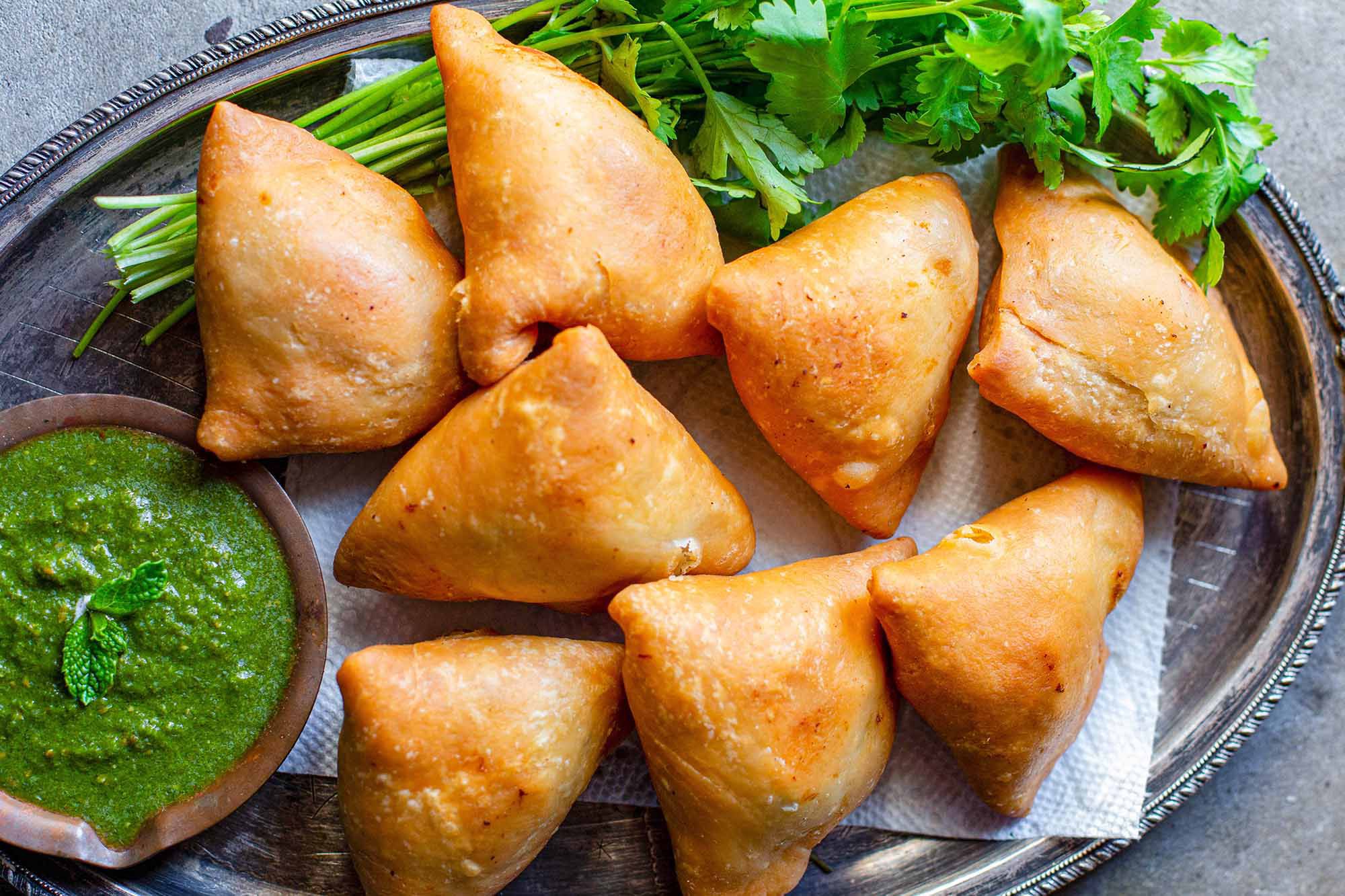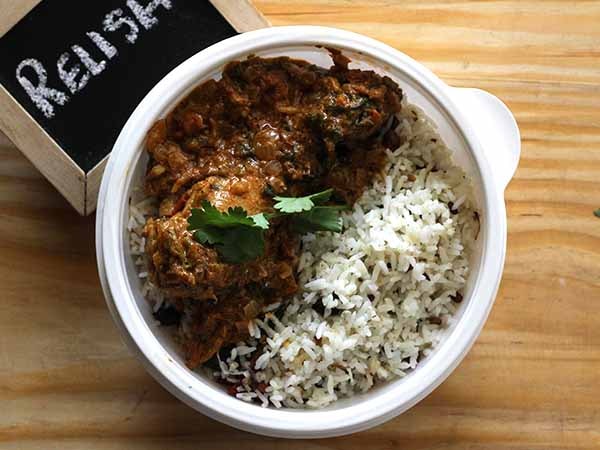Introduction
Biryani, biriyani, biriani, bariania, breyani or buriyani is a traditional Indian dish made with rice, spices and meat, fish, eggs or vegetables. There is no need to worry about the spelling of Biryani – its origins in Urdu, not English. As long as it tastes good, we should not bother with the name. It is a flavourful dish with a long and rich history.
Flavorful origin and evolution
There are many different recipes for Biryani, and each has its own unique origin story. All versions of the dish include rice and some meat or vegetable. Various cultures have influenced its flavours and ingredients. Here we have a look at the 10 most prominent influences in Biryani.
The Persian Influence
Biriyani originated in Iran and can still find many different versions throughout the Middle East. Biryani was a popular dish in the 16th and 17th centuries when Isfahan was the capital of Persia.
There is evidence that this tasty recipe travelled to India with pilgrims, soldiers, and politicians of noble descent, eventually making their way to the Deccan region in south India. So who knows – maybe you’ll stumble upon the best biriyani recipe of all while exploring this region!
The Mughal Influence
One of the most popular legends surrounding the evolution of Biryani is the story related to Mumtaz Mahal, wife of Shah Jahan. According to the legend, she once asked the palace cook to create a dish that could easily be taken on campaigns with her.
Thus Asafuddowla, her chief culinary architect, created a buzz that was a marriage of Mughlai and Persian cuisine, and the modern-day Biryani was born. Biryani is definitely a dish fit for a queen!
3) The Mongol Influence
Legend believes that Biryani originated from a group of skilled cooks who travelled with Taimur, the Turk-Mongol conqueror. The story claims that an eatery served him the dish during a stopover in Persia.
He was so impressed with the dish that he brought the recipe back to India. He has also brought the skilled cooks who invented this dish with him. Who knows? Maybe you’ll get to try this recipe yourself if you visit his old stomping grounds!
4) The Afghan Influence
Afghan Biryani is said to have originated from the beautiful Herat region of Afghanistan. This region is known for its fantastic food. The Biryani is just one example of the culinary delights found here. The dish combines cooked rice with yummy spices and flavourful lamb- an irresistible combination for any food lover!
Some say that the Afghan Biryani was invented by a famous court chef named Mangal, who was trying to impress a lovely princess. The aromatic spices and the unique flavour of this dish quickly won the hearts of many, including the princess, and it has been a popular dish ever since.
5) The Awadh Influence
The Awadhi biryani is a dish that’s fit for royalty! It has a rich history that can trace back to the Mughal era. It’s said that the dish was first created by a courtier of Emperor Akbar, who was of Avadhi descent. It is rumoured that the recipe was a gift from the governor of Persia himself. The original recipe still survives in the region to this day!
This version of Biryani, known as “pukki” Biryani, is distinguishable using meat and rice cooked separately before being layered in a copper vessel. Then, the two ingredients are cooked together over a slow flame, resulting in a flavourful and hearty dish. Awadhi biryani is characterised by its unique flavour and fragrance, resulting from the generous use of aromatics like saffron, cardamom, and cloves.
6) The Bengal Influence
The Nawab of Awadh, Wajid Ali Shah, is credited with introducing Biryani to the city of Calcutta (now Kolkata) after being banished from his homeland by the British. The cooks were forced to replace the meat with perfectly cooked golden brown potatoes as they were on the run and the stocks were shrinking. Thus Calcutta Biryani was born!
Calcutta Biryani is lighter on spices than traditional Biryani, and it’s made with a yoghurt based marinade. The meat is cooked separately from the rice, so it’s always perfectly tender.
7) The Ambur Influence
Ambur biryani is famous in the Indian states of Tamil Nadu and Andhra Pradesh. It is usually made with chicken or lamb but can also be made with seafood. Ambur biryani is known for its unique flavour and spicy kick.
The origins of Ambur biryani can be traced back to the kitchens of the Nawabs of Arcot. During the 18th century the region was ruled by the Mughal emperor Aurangzeb. The Nawabs used the city of Arcot (near Ambur) as their royal culinary centre, and so the dish got its name. Who knew Biryani could be so fancy? So if you’re looking for a tasty dish with a bit of heat, be sure to try Ambur biryani!
8) The Malabar Influence
Malabar adds the coastal flavour to Biryani by substituting chicken and meat with fish or prawns. The green chilli paste added to the preparation makes it a spicy variant of biriyani. The unique blend of spices and delicious coastal flavour that is exclusive to the state of Kerala is sure to satisfy any seafood lover.
The Thalassery Biriyani is subtly complex, with a flavour that rivals the best biryani recipes out there. Rice and meat are cooked separately by adding garam masala and a dash of light-handed pepper. Thalassery biryani is known for its unique and characteristic aroma, thanks to the khaima rice. This short-grained rice is known for its delicate flavour and slightly nutty taste, which pairs perfectly with the spicy masala used in Biryani.
9) The Memoni Influence
The Memoni biryani is a popular Sindhi dish in India in the North-Western parts. Little is known about its origin story, though it is thought to have originated in Karachi, Pakistan. The Memoni trading community of Sindh-Gujarat arguably introduced this variant of biryani to these parts, and we’re all better off for it.
Memoni Biryani is known for its one-of-a-kind flavour, which comes from two popular cooking styles: Mughlai and Hyderabadi. Memoni Biryani is usually made with basmati rice, goat meat or beef, and various spices.
10) The Mutanjan Influence
Mutanjan Biryani is one of the most delicious rice dishes around! This mouth-watering dish is made with equal parts of mutton, rice, and sugar with a wonderfully sweet and aromatic flavour. There are many different stories about the origin of Mutanjan Biryani. But who cares where it came from, it’s delicious!
One of the most famous legends was created by a cook named Mutanjan, who worked for the Mughal Emperor Shahjahan and was known for his delicious Biryani. According to legend, Mutanjan was once asked to prepare a dish for a large gathering of guests. Supposedly, the emperor was so pleased with the preparation that he named the dish after the cook.
Conclusion:
Biryani is an emotion!
Soooo… there are a bazillion ways to make Biryani, but the most popular one is the pan-fried variation. Most restaurants have perfected the art of assembling Dum biryani. This type of biryani is made by cooking rice and meat in a single pan. It is quick and easy to make, and it is a popular choice for casual dining.
Biriyani is perhaps the best known South Asian dish outside of the region, with a history and story as rich as the dish itself. Google has announced that Biryani will be their default search result for all Indian cuisine-related queries. Some say that biriyani is the best representation of Indian culture because it is a dish that has something for everyone.
There are many different variations of the dish, with each region and culture putting its unique spin on it. The urban lifestyle has brought a love for food that is not just spicy but also varied and eclectic. Biriyani is the perfect embodiment of this change.

















